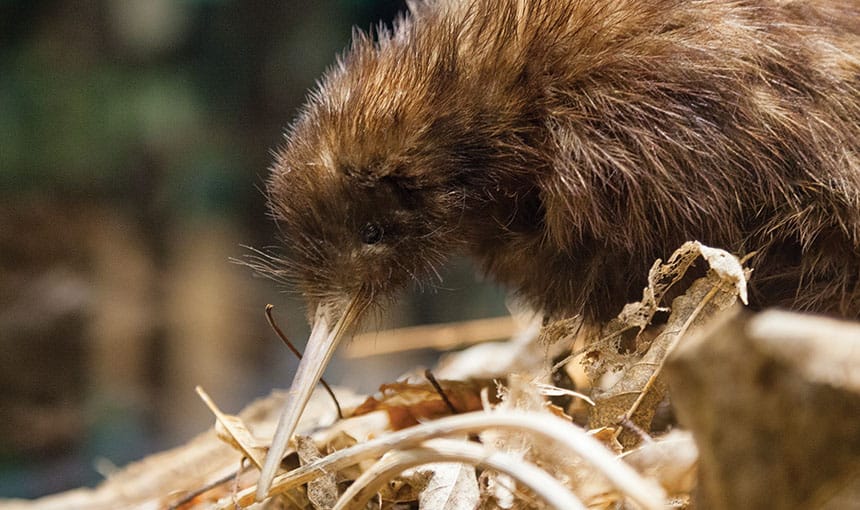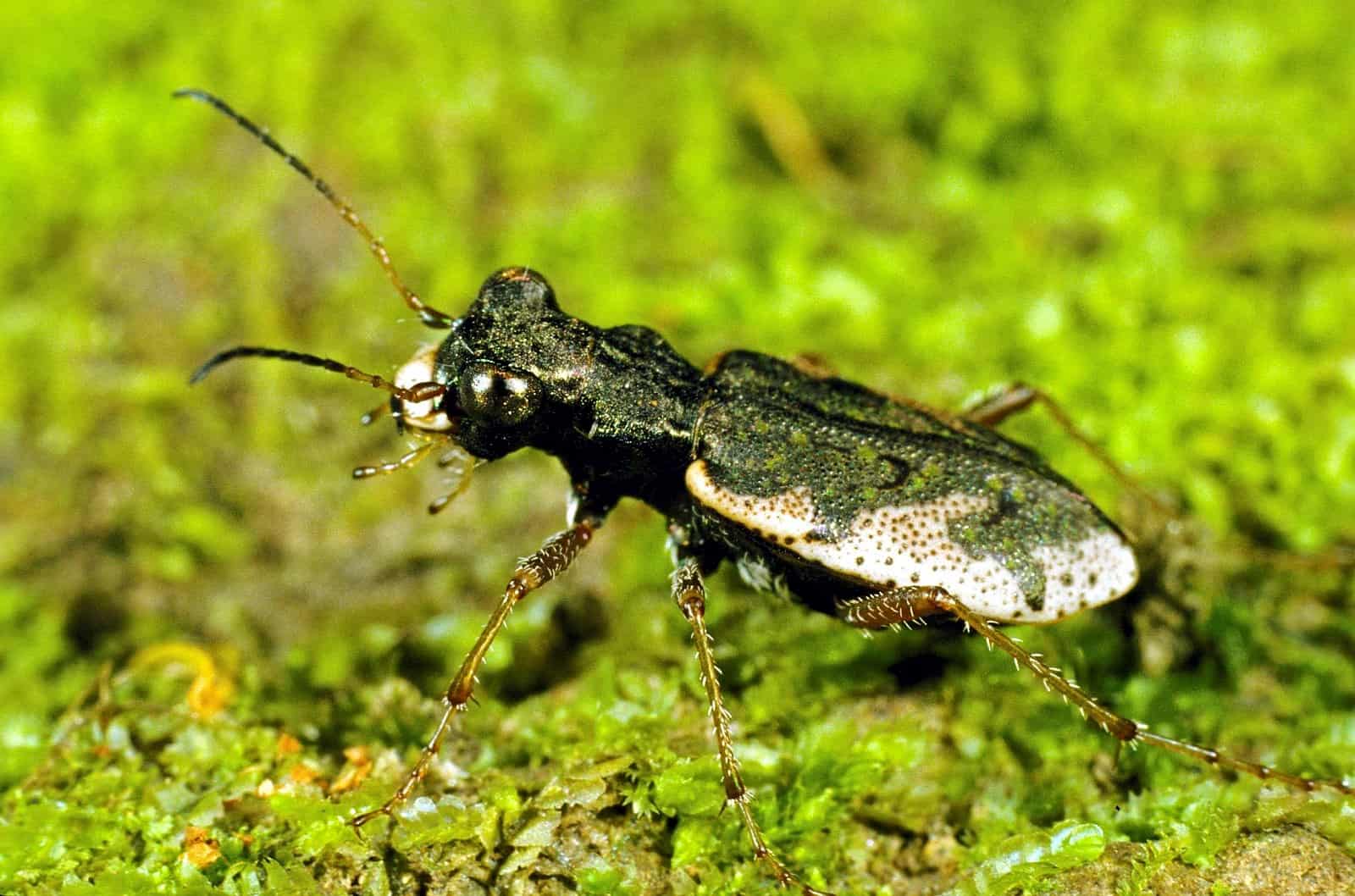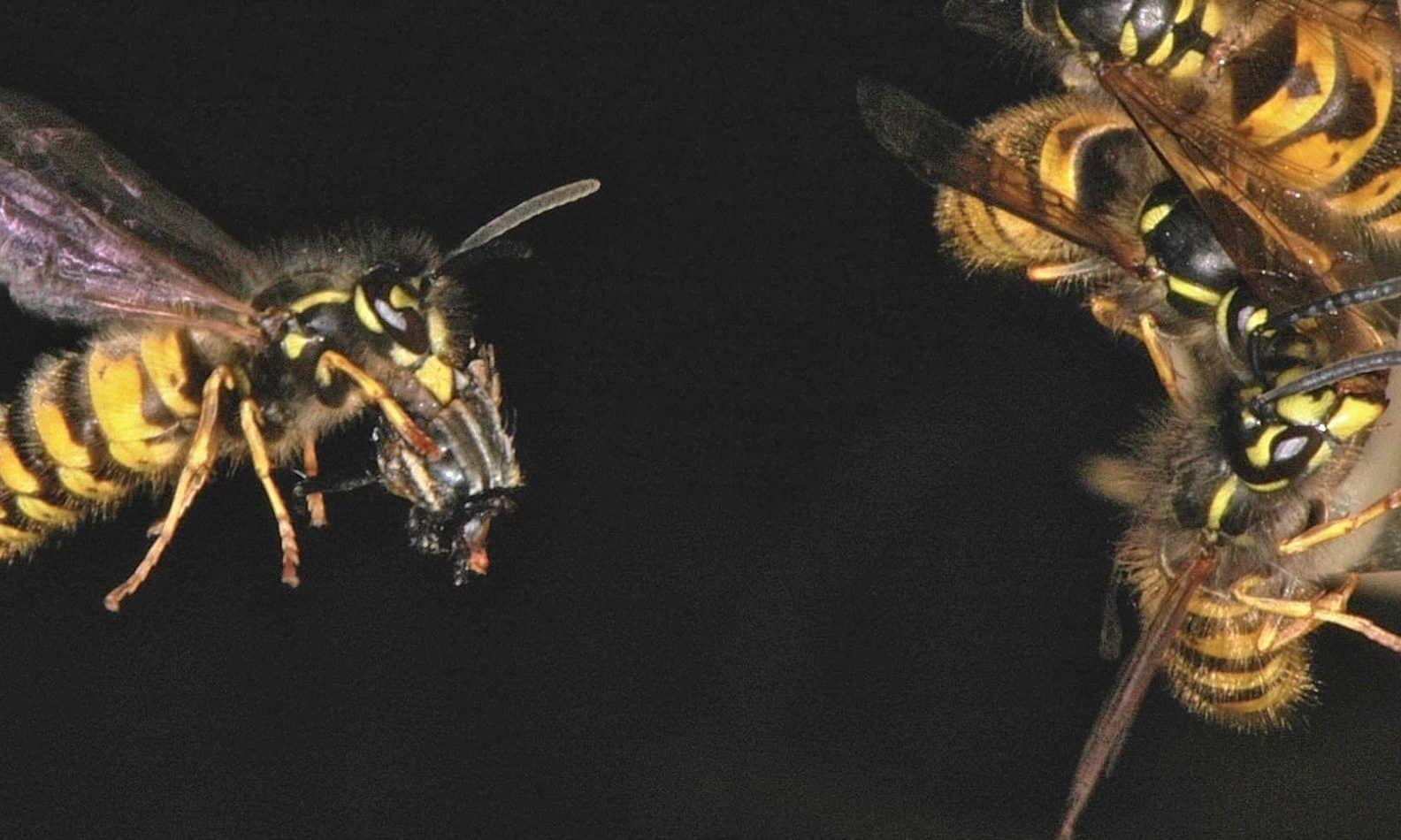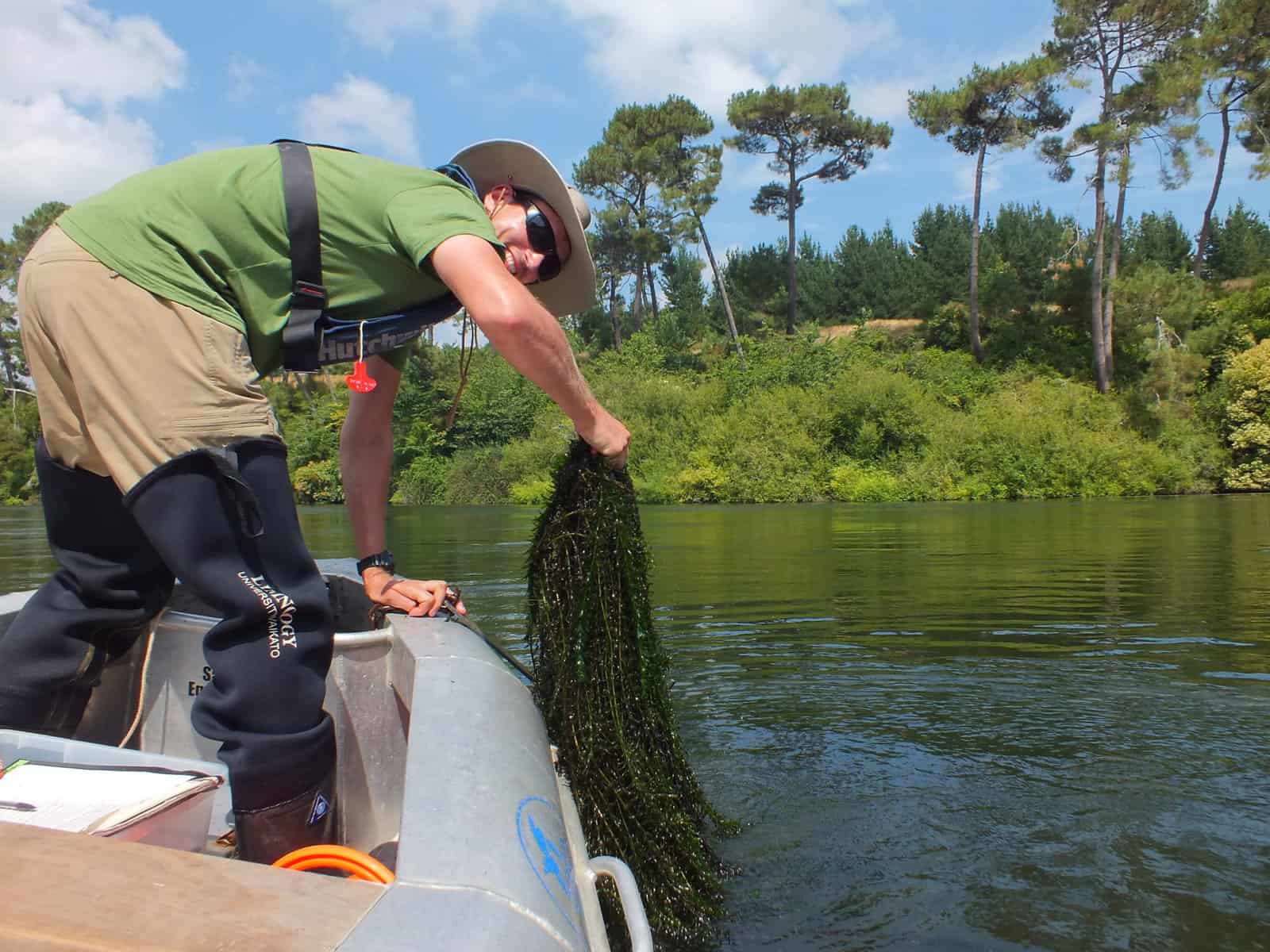Landholder participation in regional-scale control of invasive predators: an adaptable landscape model
We developed a spatially explicit model to estimate the effects of varying levels of landholder participation in landscape-scale programs to control invasive predators. We demonstrate…











